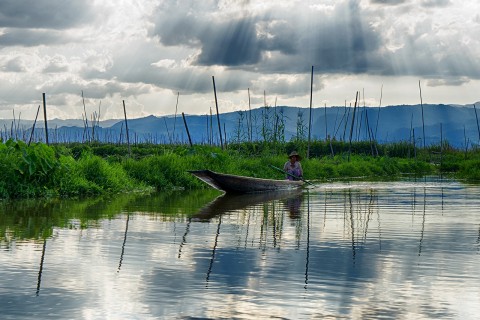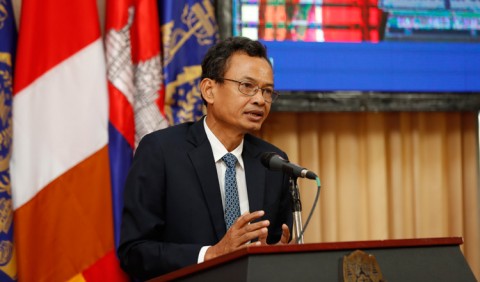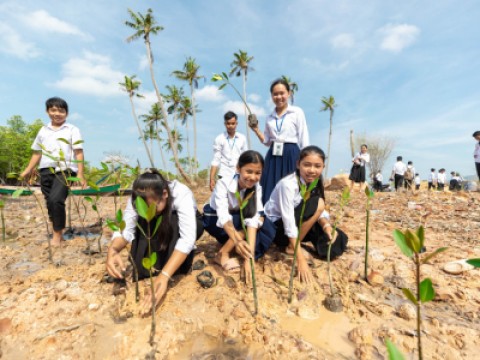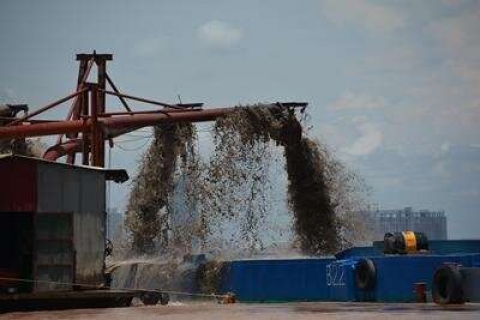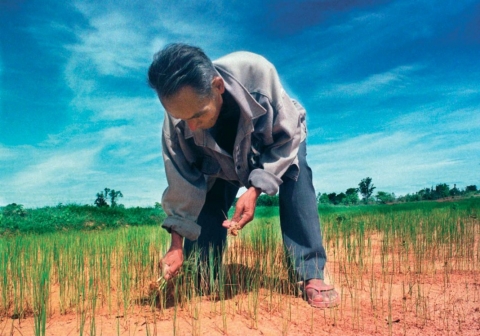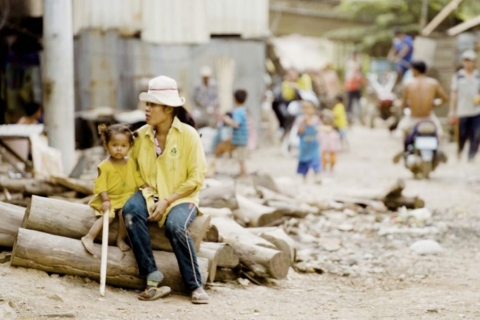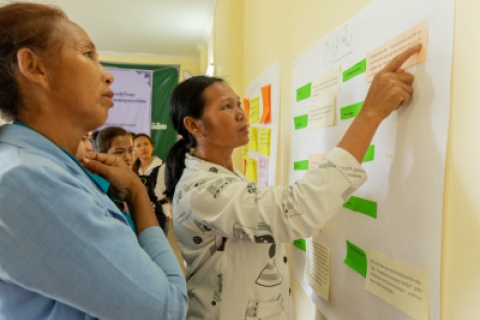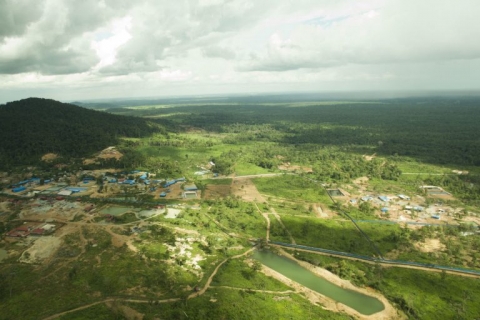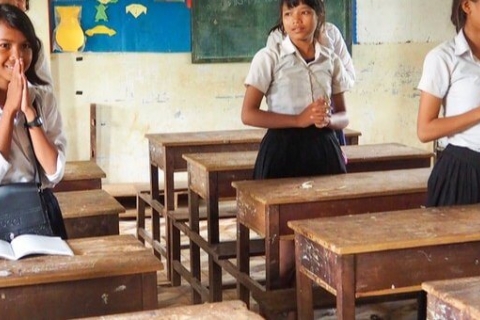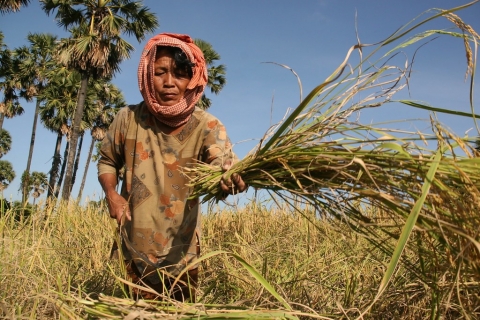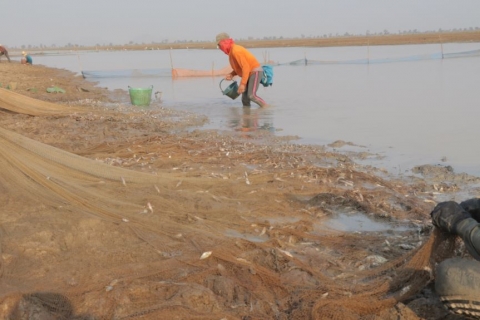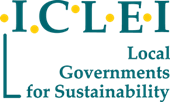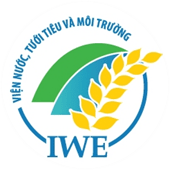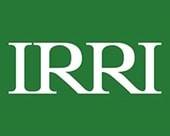- You are here:
- News & Events

- Harvested News

- Cambodia

- Cambodia ‘to achieve 20 percent of energy supplies from solar’
Cambodia
Published on 11 October 2020
Prime Minister Hun Sen has firmly reiterated the Kingdom’s commitment to contribute to global efforts in dealing with climate change issue. “Despite limited resources and capabilities, Cambodia is highly committed, with political will, to contributing to global efforts in addressing climate change according to key principles of the United Nations Framework Convention on Climate Change, especially the principle of ‘Common but Differentiated Responsibilities and Respective…
Published on 15 August 2020 by Sok Chan
The effects of climate change have had a devastating effect on the Cambodian economy, especially the agriculture sector, costing the country millions of dollars in losses. In Cambodia, the impact of climate change on agriculture activities, which depend on rain, has caused devastating impact to livelihood which are vulunerable to changing climate factors. The loss of paddy in Cambodia was 70 percent from floods and…
Published on 22 July 2020 by Long Kimmarita
The National Committee for Disaster Management (NCDM) launched a new information-sharing system over the weekend to safeguard vulnerable citizens against floods and natural disasters amid the rainy season. Areas along the Mekong and Tonle Sap rivers were identified as higher-risk locations. Speaking at the launch of the Platform for Real-time Information Systems (Prism) over the weekend, NCDM first vice-president Kun Kim said improving Cambodia’s disaster…
Published on 23 March 2020
Shoes were abandoned on the sideline as people waded into the mud and shallows – the mission was much more important than worrying about dirty feet. The local activity took place as part of a larger mangrove planting and marine exhibition under ActionAid Cambodia’s 100,000 Mangroves campaign, supported by the United Nations Development Programme (UNDP) under the project ‘Strengthening Climate Information and Early Warning Systems…
Published on 9 March 2020
In Cambodia, where 1 in 8 people live below the poverty line, the search for work can often separate families. When Phany joined a Caritas supported program, gaining skills in productive farming and irrigation techniques, her life was transformed. Her community learned to work together for better water management, to combat drought and maintain crops year-round. Now Phany is reunited with her daughter because she…
Published on 14 February 2020 Cambodia
For more than half a century, January meant the prime fishing season for Pang Bin. He took his wooden boat out into Cambodia's largest lake, his catches and their sales sustaining his family for much of the year. This month, the 75-year-old decided to call it quits, but not because of age or any health concerns. "No fish," he shrugged. "Just very, very poor. I've…
Published on 21 January 2020 Cambodia
It's a resource used in global construction and mined from rivers and coasts across the world. Now new research, as part of a project led by the University of Southampton, has shown sand mining is causing river beds to lower, leading to riverbank instability and increasing the likelihood of dangerous riverbank collapse, damaging infrastructure and housing and putting lives at risk. The new research has…
Published on 21 January 2020 Cambodia
13 years ago, we asked the question – what might the weather bring us fifty years from now? Back in 2007, Cambodia was witnessing super cyclones one year, drought the next. Today, with extreme weather become a yearly reality and the clock ticking before the region reaches an environmental tipping point, the situation is showing few signs of improvement There is little wonder why ancient…
Published on 17 December 2019 Cambodia
Cambodia is experiencing more flooding in its wet season and longer droughts in the dry season, both of which threaten the livelihoods of 80 percent of Cambodia’s population who rely mostly on crop production. Many farmers have been forced to abandon the fields. Watch: https://news.cgtn.com/news/2019-12-11/Climate-changes-impact-on-farmers-in-Cambodia-MkDgCivB28/index.html
Published on 20 September 2019 by GGGI
Environment always becomes my first concern. Plastic wastes and deforestations are the major issues that I have involved with. The story behind the business concept occurred when I was running a small construction project to build a room in the apartment which I needed to buy plywood to build that room. At that time, I realized that the plywood is totally made from woodchips. I…
Published on 5 September 2019
As part of the ‘Strengthening Climate Information and Early Warning Systems in Cambodia’ project funded by GEF-Least Developed Countries Fund, the United Nations Development Programme (UNDP) and ActionAid have partnered to increase gender equality in disaster risk reduction (DRR) and early warning systems (EWS) across Cambodia. “Climate information is very important for women because if they know what the weather is going to be like, they know which crops they should grow…
Published on 25 July 2019
It was the paintbrush that held Chea Chunglong in awe while everybody else was transfixed with the blackboard during classes. Starting from an early age, Mr Chunglong, who now turns 17, was sure that his perseverance to become an accomplished artist would pay off though he never thought he would become an emerging painter at this early stage of his career on canvas. But with encouragement…
Published on 25 June 2019 by Michael Tatarski
Cambodia has one of the highest rates of deforestation in the world, with key drivers including demand for timber products, land-use conversion, and urbanization. Extreme temperatures have led to public criticism linking deforestation to unusually hot weather. The Cambodian government has denied this connection, but emerging science provides compelling links between the two issues. As the impacts of climate change become more apparent worldwide, members…
Published on 18 June 2019
There’s plenty of awareness among youth today surrounding the current climate crisis, thanks to young activists like Greta Thunberg who has inspired others to push for reform. Schools have been urged to do their part, by not only incorporating sustainability practices in schools but also educating kids on how to be more environmentally-conscious. But how many are actually doing so? In Cambodia, schools really are…
Published on 7 May 2019 Cambodia
By providing daily information, users can help create smarter policy on food security, deforestation and other issues, officials say. Yin Socheat, a 29-year-old Cambodian farmer, is immersed in her smartphone - but it isn’t the latest viral meme she’s looking at. Instead, it’s the pilot for a new app that she hopes will help secure a better future for herself and her family, as climate change…
Published on 11 April 2019 Cambodia
PHNOM SROK DISTRICT, BANTAEY MEANCHEY PROVINCE, CAMBODIA — Built atop the bones of the dead, Trapaing Thmar reservoir is largest irrigation project built by the Khmer Rouge regime. Today, it is running dry amid one of the worst droughts to hit Cambodia in living memory. In northwestern Cambodia, more than 400 kilometers from Phnom Penh, the vast protected area serves as a crucially important source of…
Published on 7 February 2019
So, how to boost fish stocks without hampering people’s ability to eat and make a living? One answer is to establish freshwater protected areas, new research finds. A study recently published in the journal Ecological Modeling by Lee Hannah, senior scientist for climate change biology at Conservation International, and co-authors, found that establishing protected areas within freshwater fisheries can actually help pull local…
Published on 30 January 2019
PHNOM PENH – In an effort to reduce the impact of drought on two of Cambodia’s most at-risk provinces, Kampot and Takeo, UNDP Cambodia and DanChurchAid have joined together to establish two new provincial drought information hubs and to train farmers and local communities in climate-resilient agriculture. The initiative marks another in a series of partnerships forged by UNDP under a project strengthening climate information…
Published on 20 January 2019
As far as bodies of water go, Cambodia is mostly known for the Mekong River. It provides fish and transport for millions of people and has become a romantic locale within Indochina. Read more: https://www.scmp.com/news/asia/southeast-asia/article/2182891/cambodias-tonle-sap-lake-where-fishermen-have-no-fish-and Source: South China Morning Post | 20 January 2019
Published on 15 November 2018
Read the article here: https://www.thestar.com.my/news/regional/2018/10/13/rubbish-man-schools-children-initiative-gives-street-kids-an-education-while-they-clean-up-cambodia/ Source: Star Online | 13 October 2018
Contact Us
Knowledge Center on Climate Change (KC3)
c/o Southeast Asian Regional Center for Graduate Study
and Research in Agriculture (SEARCA)
and Research in Agriculture (SEARCA)
- College, Los Baños, 4031 Laguna, Philippines
- +63 49 554 9330 to 39 +63 49 536 2290 +63 49 572 3743 +63 2 8657 1300 to 02 local 3200 to 3204
- +63 49 536 7097
